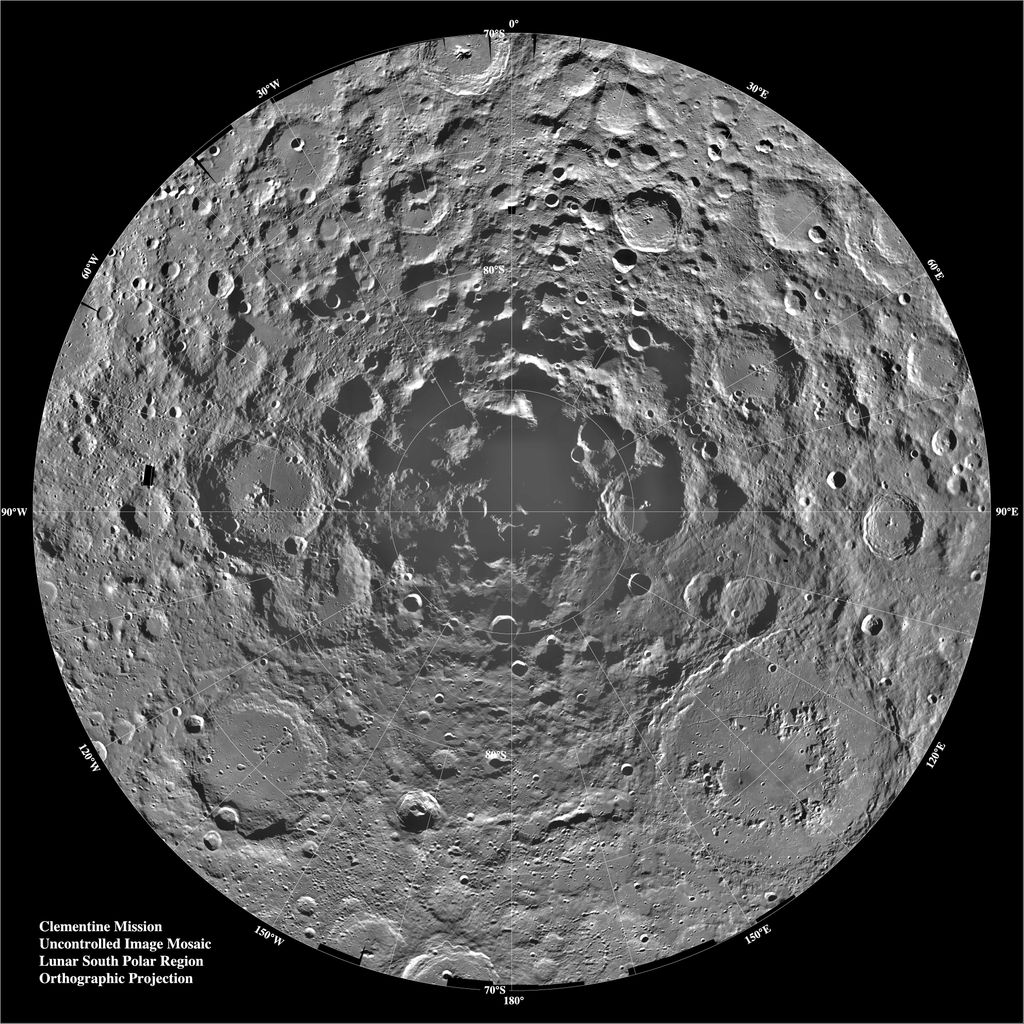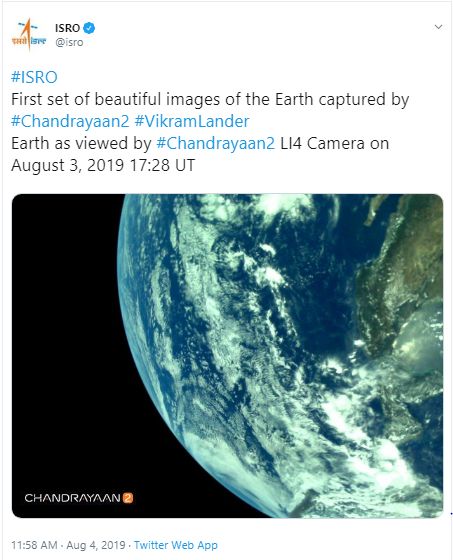Why Chandrayaan-2 Is A Big Deal?
Aug 05, 2019 • 10 views
Arnav is a space enthusiast who avidly follows all the current events in the field of Astronomy. So, it excited him to hear about the successful launch of Chandrayaan-2. He tried to share his excitement with his gang. But one of his friends in the gang, Varun, doesn't share Arnav's interests.
"What's the big deal?" he asked Arnav. "Americans landed on moon 50 years ago. Aren't we just sending a spacecraft?"
If you're a space enthusiast like Arnav, it is possible that you received the same reactions as well from people who are not interested in Astronomy. So, this article is an attempt to answer that question - "What's the big deal?"
Chandrayaan-2 and its Objectives:
According to ISRO,
Chandrayaan-2 is a lunar mission that will boldly go where no country has ever gone before - the Moon's south polar region.
But why south pole? Because "Water Ice". Let me explain.

Moon's south polar region has areas that are not at all exposed to the sunlight. These areas are "Craters". Craters are deep holes formed on moon's surface when asteroids crash into them. Some of these asteroids contain packets of water within. [This is actually one of the scientific theories that explain the how water ended up on Earth as well]
The water that carries into these interior of the craters will have zero exposure to sunlight. This means no chance for evaporation. Instead, water turns into "Water Ice" due to the constant cold temperatures on the surface. This phenomenon is 'Cold traps'.
So, what does presence of water mean? Possibility of life itself. Of course, one has to keep in mind that Moon has no atmosphere and only colonising it makes it habitable. But Water is the beginning marker to start any conversation about possibility of life anywhere in the Universe.
The objectives of Chandrayaan-2 mission are:
Look for the signatures of Water Ice
Study the mineral deposits and elements present on the lunar surface.
How it works?
The GSLV-MKIII launcher that was successfully launched on 22 July, 2019, has three essential components: Orbiter, Lander - Vikram, and a Rover - Pragyan. First off, abbreviation of GSLV is Geosynchronous Launch Vehicle. What GSLV does is, it launches the orbiter, with lander and rover intact, into a Geostationary orbit, which is about 36,000 kms above Earth's surface.
Orbiter orbits around the moon at about 100 kms above the surface. It is the communication link between the Lander and the Indian Deep Space Network(IDSN). IDSN is near Bangalore. There, all the scientific minds of India gather together to assess the data sent by the orbiter and what it means. Its mission life is for one year.
Lander - Vikram [a tribute to father of Indian space program - Vikram Sarabhai] is specifically designed to ensure a soft-landing of the rover on the lunar surface. Soft-landing means there will be no damage to the payload or the equipment during the landing process. Lander also acts as a communication link between rover and the orbiter.
Rover - Pragyan [Pragyan is a sanskrit word which means 'wisdom'] does the most important work of collecting data on mineral resources, elements, and studying the signatures of water ice in craters. It's a six-wheeled robotic vehilce that functions on solar energy.
Unique aspects of ISRO:

ISRO is in short for Indian Space Research Organization. It is well known and respected around the world for its cost-effective space programs. The whole expenditure of th Chandrayan-2 mission is 978 crores or US$ 141 million. This sounds like a lot of money. But "Interstellar", a popular science fiction movie, had a production budget of US$ 165 million.
NASA's budget this year alone is US$ 21.5 billion, which easily dwarves the budget of ISRO - US$ 1.8 billion or 12, 473 crores. This comparison alone speaks volumes about ISRO's ingenious engineering methods to develop equipment with home-grown technology.
Achievements:
India will be the fourth nation to soft-land on the moon after USA, Soviet Union, and China.
India will be the first nation to explore the south pole of the moon.
Conclusion:
Chandrayaan-2 received a well-deserved attention worldwide. Organizations like NASA are keeping a close eye on how things are playing out. The studies done during this mission will, as ISRO rightly puts it, "expand the boundaries of human knowledge".
As per reports, Chandrayaan will reach the Moon's orbit on August 20 and will make a soft-landing on September 7.
